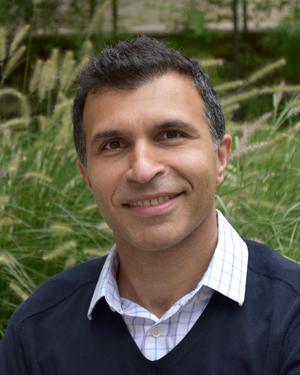
Director of Summer Institute in Statistics for Big Data (SISBID)
Professor and Associate Chair
Department of Biostatistics, University of Washington
Dr. Shojaie's research focuses on developing rigorous and scalable machine learning and network analysis methods for large complex systems, particularly biological and social systems. He develops statistical machine learning methods for estimation and inference in high-dimensional problems (i.e., when there are more variables than observations, especially when variables and/or observations have complex correlation structures), and applies these methods to data from diverse omics assays and different brain imaging modalities. Additional information about his research can be found online.
Director of Summer Institute in Statistics for Big Data (SISBID)
Professor and Associate Chair
Department of Biostatistics, University of Washington
Dr. Shojaie's research focuses on developing rigorous and scalable machine learning and network analysis methods for large complex systems, particularly biological and social systems. He develops statistical machine learning methods for estimation and inference in high-dimensional problems (i.e., when there are more variables than observations, especially when variables and/or observations have complex correlation structures), and applies these methods to data from diverse omics assays and different brain imaging modalities. Additional information about his research can be found online.